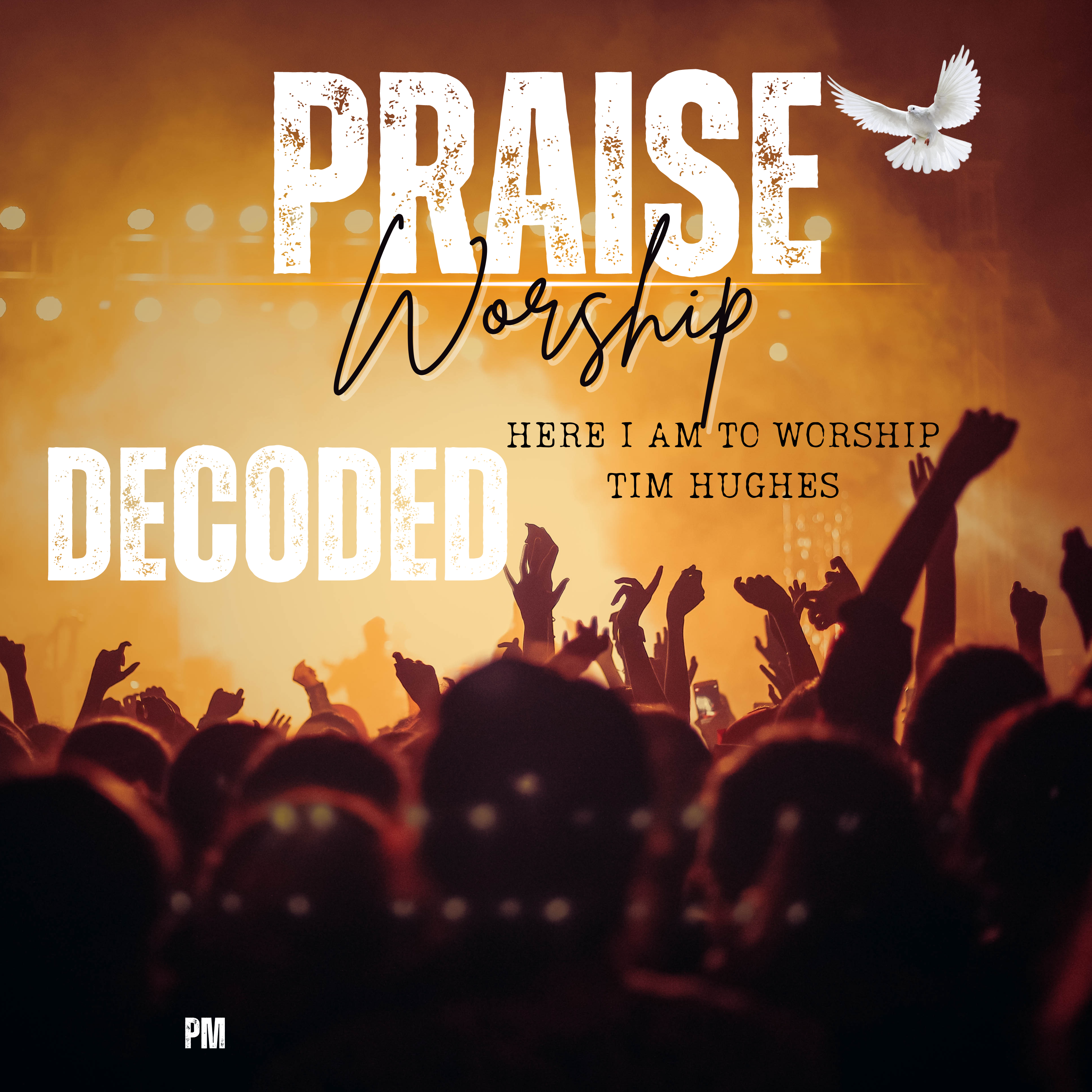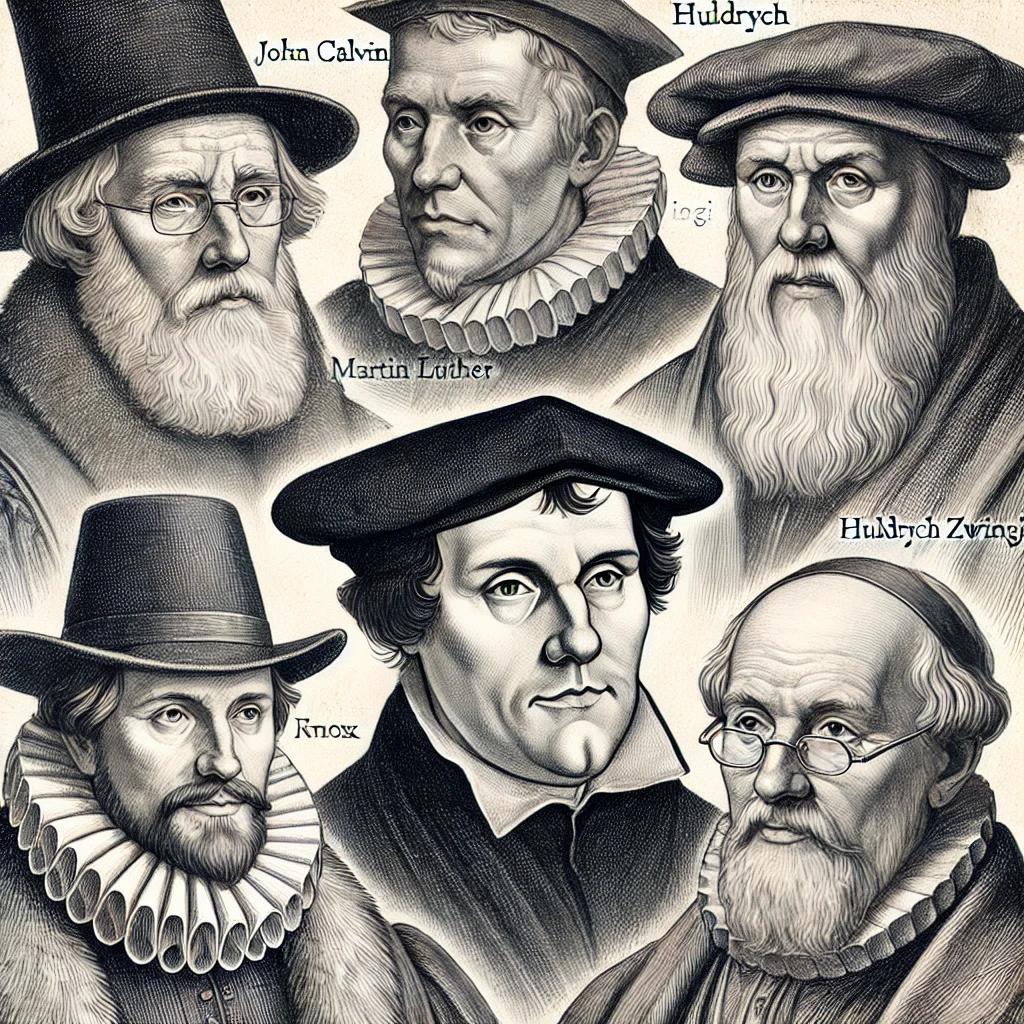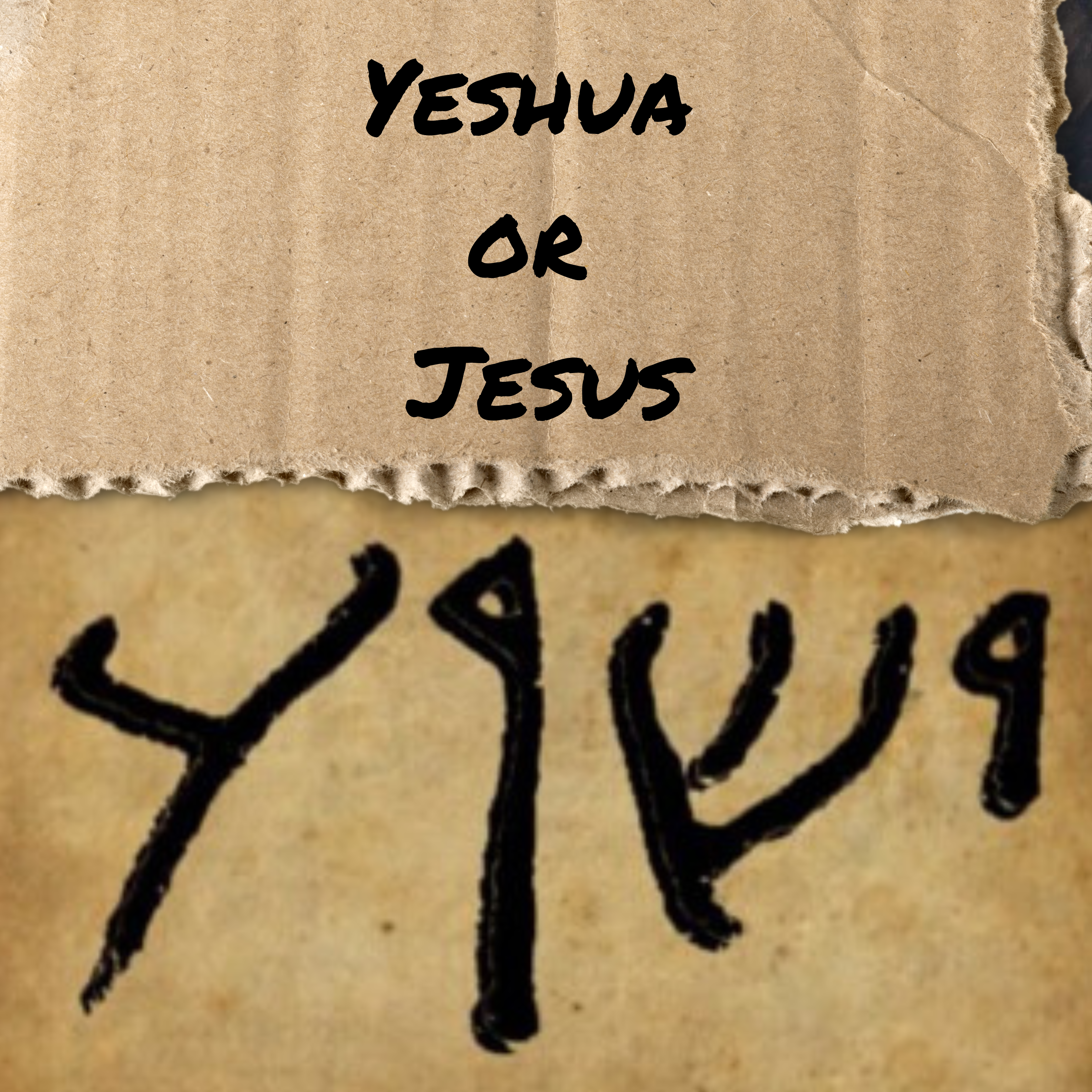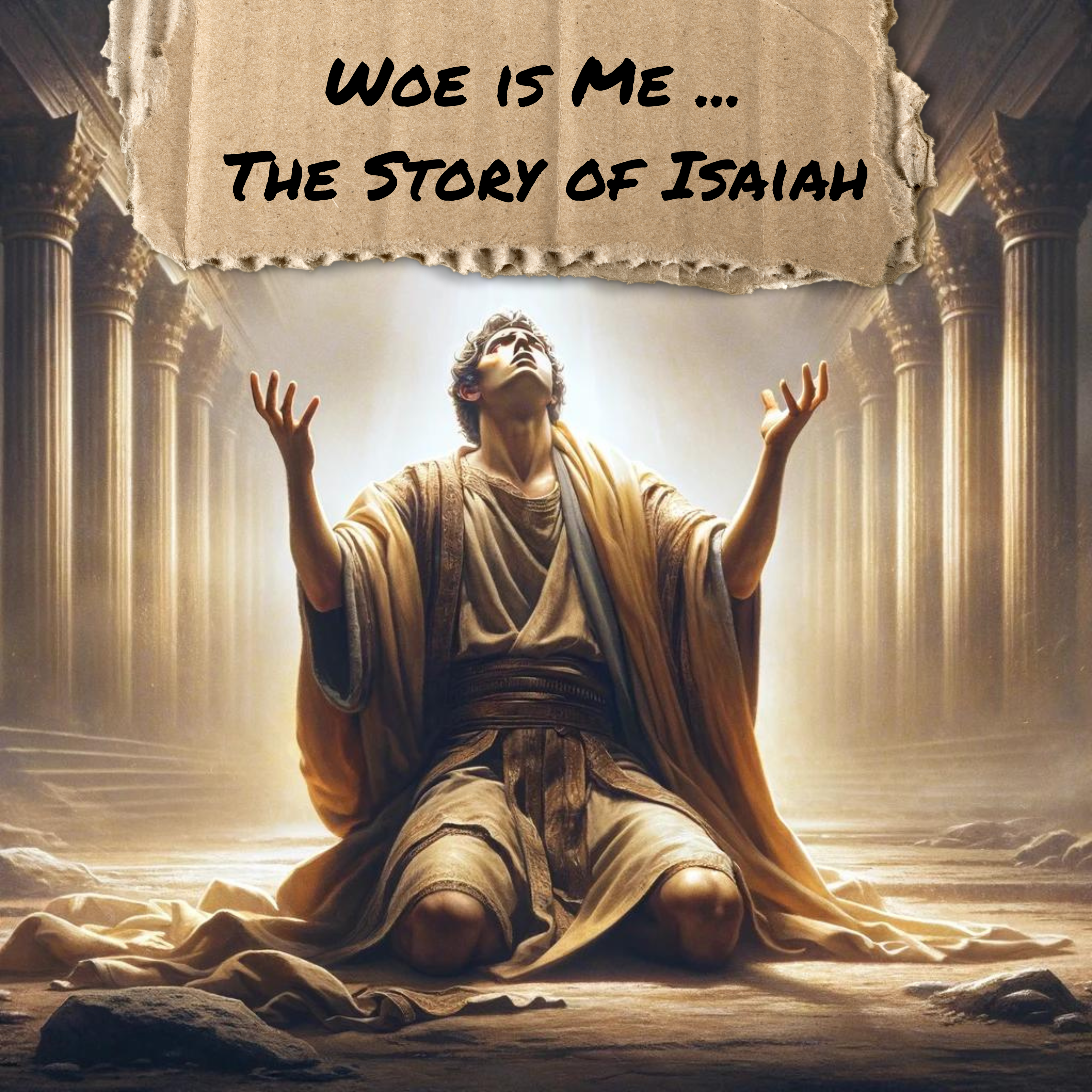
In the realm of modern Christian worship music, few songs have captured the essence of divine love and adoration as profoundly as “Here I Am to Worship” by Tim Hughes. This hymn, simple in its lyrics yet profound in its message, has become a staple in churches worldwide, touching the hearts of millions with its narrative of sacrifice, grace, and unyielding devotion.
The Incarnation: God Stepping into Darkness
The song begins with a powerful depiction of the incarnation: “Light of the world / You stepped down into darkness.” These opening lines resonate deeply with John 1:4-5, “In him was life, and that life was the light of all mankind. The light shines in the darkness, and the darkness has not overcome it.” Hughes eloquently captures the central mystery of the Christian faith: the entrance of Jesus, the light of the world, into the darkness of human existence.
A Personal Encounter
“Opened my eyes, let me see / Beauty that made this heart adore You / Hope of a life spent with You” – these lines reflect a personal encounter with Jesus, reminiscent of Paul’s words in Ephesians 1:18, “I pray that the eyes of your heart may be enlightened.” The song speaks to the transformation that occurs when one truly sees Jesus for who He is – the beauty of His character, the hope He brings, and the love that He embodies.
Worship as a Response
“Here I am to worship / Here I am to bow down / Here I am to say that You’re my God” – The chorus is a response of worship, a commitment to humility and acknowledgment of God’s sovereignty. It echoes the sentiments found in Philippians 2:10-11, “that at the name of Jesus every knee should bow… and every tongue acknowledge that Jesus Christ is Lord.”
The Majesty and Humility of Christ
“King of all days / Oh, so highly exalted / Glorious in heaven above / Humbly You came to the earth You created” – These lines depict the dual nature of Christ’s majesty and humility. As Philippians 2:6-7 says, “Who, being in very nature God, did not consider equality with God something to be used to his own advantage; rather, he made himself nothing by taking the very nature of a servant.” Hughes brings to light the paradox of the King of kings choosing to become poor for the sake of humanity’s redemption.
The Cost of Love
“Well, I’ll never know how much it cost / To see my sin upon that cross” – The bridge of the song is a contemplation of the sacrifice of Christ, a theme echoed in Isaiah 53:5, “But he was pierced for our transgressions, he was crushed for our iniquities.” It is a recognition of the immeasurable cost of our redemption, a cost borne by Christ out of unfathomable love.
Conclusion
“Here I Am to Worship” is more than just a song; it’s a prayer, a declaration, and a journey through the core truths of the Christian faith. Each verse and chorus is a step deeper into understanding the magnitude of what Christ has done. Tim Hughes, in crafting this hymn, has provided a means for believers to express their awe, gratitude, and love towards the Savior. It stands as a testament to the power of worship music to convey profound theological truths and to lead hearts into a deeper experience of the divine.






